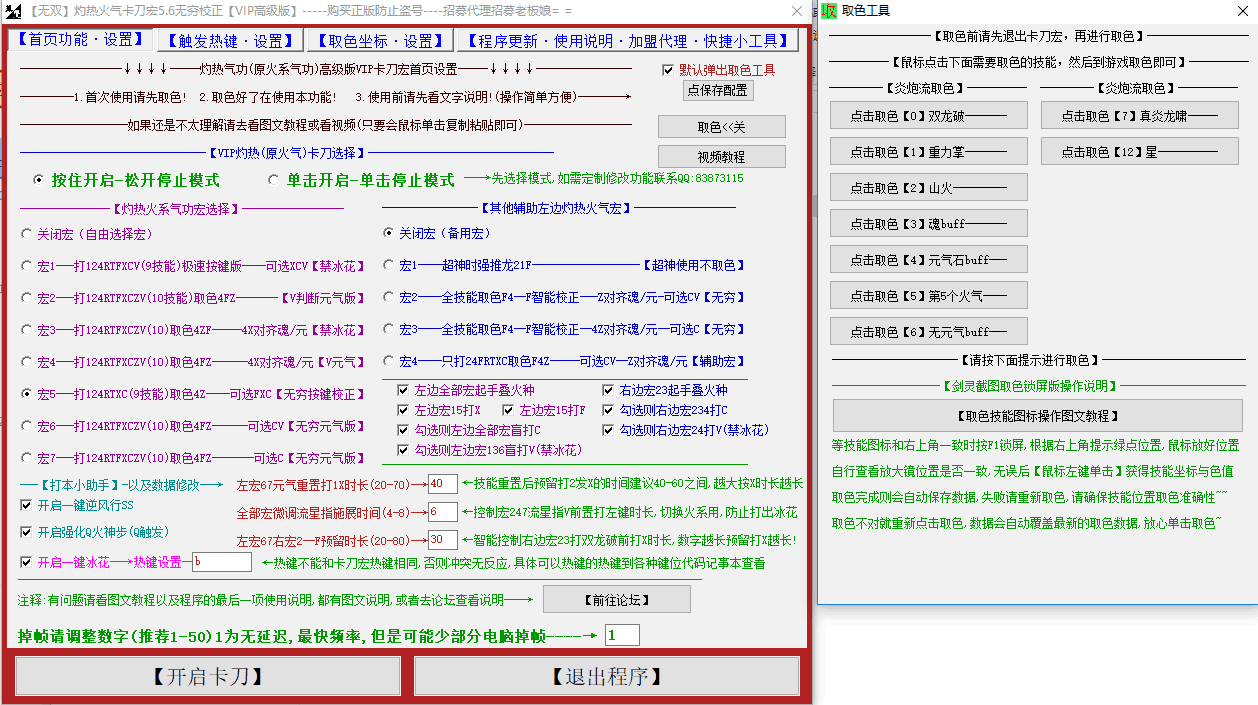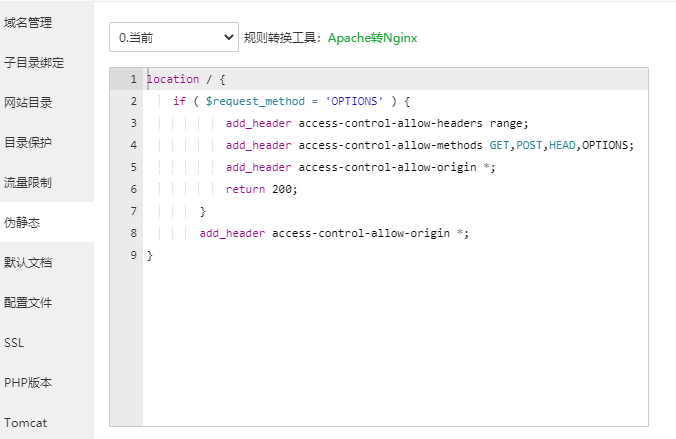要了解nginx的继承模型,首先需要知道nginx使用多个配置块进行操作。 在nginx中,这样的块被称为上下文,例如,放置在服务器上下文中的配置指令驻留在server { }块中,就像放置在http上下文中的指令驻留在http { } 块中一样。
nginx中有6种可能的上下文,这里是从上到下的顺序:
- Global.
- Http.
- Server.
- If.
- Location.
- Nested Location.
- If in location.
- limit_except.
默认继承模型是指令仅向下继承。 从来没有侧身,绝对永远不会。 这包括您在内部从一个位置重写请求到另一个位置的情况 – 第一个位置中的每个指令都被遗忘,只有第二个位置指令适用于位置上下文。 在继承行为方面,nginx中有四种类型的配置指令:
- Normal指令 – 每个上下文一个值,例如:“root”或“index”。
- Array指令 – 每个上下文有多个值,例如:“access_log”或“fastcgi_param”
- Action指令 – 不只是配置的东西,例如:“rewrite”或“fastcgi_pass”
- try_files指令。
Normal指令是迄今为止最常见的指令,它遵循默认的继承模型而没有任何意外。 让我们看一个示例配置,显示行为的情况。
server { root /home/user/public_html; location /app { root /usr/share; # This results in /usr/share/app # Full URI is ALWAYS appended. } location /app2 { // Server context root applies here. } }
Array指令很像普通指令,因为它们遵循标准继承模型,它始终向下继承并替换在更高上下文中指定的任何指令。 可能令人困惑的是假设你添加到数组。Array 指令的行为是,如果在同一上下文中定义多个指令,则将添加到值,但如果在不同的上下文中定义多个指令,则较低的上下文将替换较高的上下文。 这意味着如果您希望它在多个上下文中存在,您有时需要双重定义一个值。 这种情况的一个例子。
server { access_log /var/log/nginx/access.log; include fastcgi.conf; location ~ ^/calendar/.+.php$ { access_log /var/log/nginx/php-requests.log; # If this executes then server context one never does. fastcgi_param ENV debug; # This *overwrites* the higher context array. include fastcgi.conf # Therefore we include it in *this* context again. } }
Action指令是它开始变得有趣的地方。 它们被限制在一个上下文中并且永远不会向下继承,但是它们可以在多个上下文中指定,并且在某些情况下将针对每个上下文执行。 rewrite指令是一个action指令,允许在服务器和位置上下文中执行两个上下文。
server { rewrite ^/booking(.*) /calendar$1 permanent; # Always executes. location /calendar { rewrite ^ /index.php; # Can execute in addition to and does not replace server context rewrites. } }
当然,它并不那么简单。 在位置内有三种可能的上下文,一个嵌套位置,一个if和limit_except。 指令的行为实际上完全取决于定义它的模块。 如果在该上下文中允许,则所有normal和array指令都将正确继承。 对于行动指令,故事有点不同。 通常它们不会继承到嵌套位置,但最终取决于模块的预期,并且它可以在指令的基础上有所不同。 这里没有使用nginx文档,所以你必须尝试一下,看看nginx是否会抱怨。 为了更好地衡量,让我们举一个最常见的行为示例以及它如何影响重写:
server { location /calendar { rewrite ^ /static.php; # Executes unless inner location matches. location ~ .php$ { fastcgi_pass backend; # Outer location context rewrite is not executed. } } }
try_files指令与上面提到的每个其他操作指令大致相同,不同之处在于,如果放置在服务器上下文中,nginx实际上会创建一个伪位置,该位置是可能的最不具体的位置。 这意味着如果请求与定义的位置匹配,则不会执行try_files指令。 这意味着如果您有location / defined,那么您有一个匹配每个可能请求的位置,因此try_files永远不会实际执行。 因此,如果可能的话,始终将try_files放在位置上下文而不是服务器上下文中
server { try_files $uri /index.php; # This never executes. location / { # Whatever here, or empty. } location ~ .php$ { # If this location executes then try_files still does not execute. # Even if location / did not exist. } }
以上就是本文的全部内容,希望对大家的学习有所帮助,也希望大家多多支Fatmouse















暂无评论内容